Potted Boysenberry Plants – Growing Boysenberries In A Container
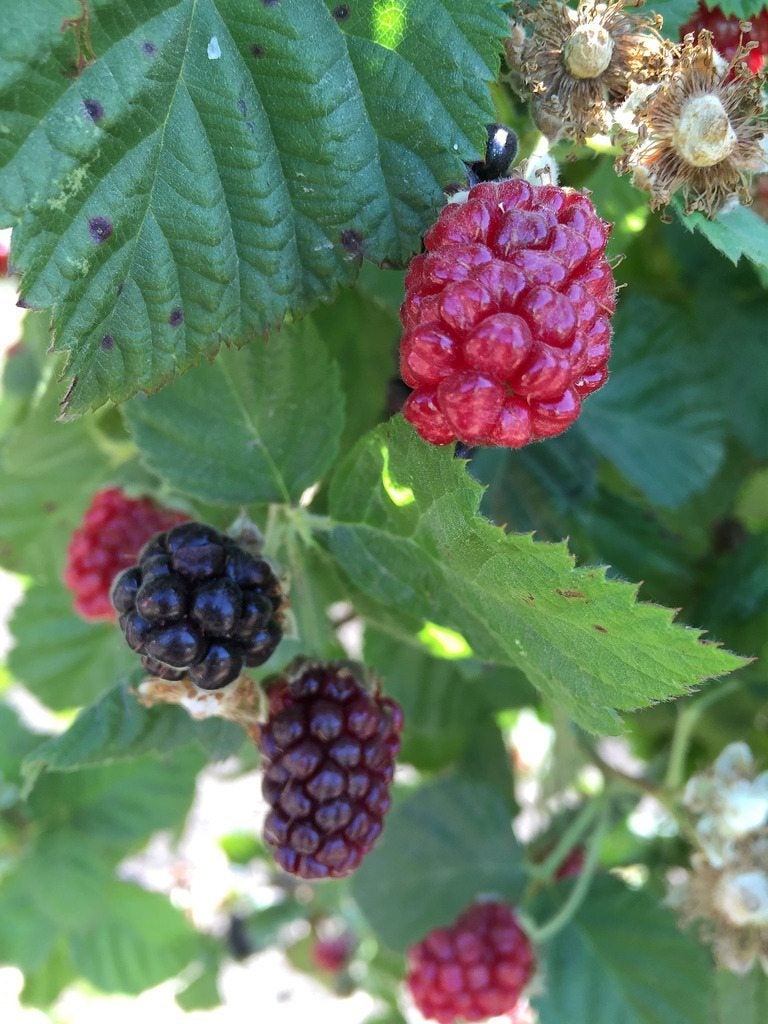

Boysenberries are a popular fruit, a hybrid among several other varieties of cane berry. Most commonly grown in gardens in the warm, moist regions of the U.S. Pacific Northwest, they can also be grown successfully in containers, provided they are kept well watered and pruned. Keep reading to learn more about how to grow boysenberries in pots and care for container grown boysenberries.
How to Grow Boysenberries in Pots
Boysenberries are well suited to life in containers, but they need ample room to grow. Choose a pot that’s at least 12 inches (30.5 cm.) deep and 16 to 18 inches (41-45.5 cm.) in diameter. Make sure it has multiple drainage holes too. Put a couple inches (5 cm.) of small rocks in the bottom to weigh the container down and counterbalance the height of the trellis. Potted boysenberry plants like rich soil. Mix regular growing medium, compost, and a standard 10-10-10 fertilizer, and fill the pot to within 2 to 3 inches (5-7.5 cm) of the rim. Insert a trellis into the pot until it touches the bottom. Move your potted boysenberry plants to a sunny spot and keep them well watered. Fertilize them in both spring and autumn.
Caring for Potted Boysenberry Plants
Growing boysenberries in a container is mostly a game of pruning and size management. When new growth begins in the first growing season, cut back the old nursery growth. Tie three new strong upright canes loosely to the trellis. In autumn, prune away any old growth that has already produced its fruit (those canes won’t fruit again). And while it may pain you to do so, you’ll also have to prune away some new growth. Container grown boysenberries should have no more than five fruiting canes at a time – anymore and they’ll get overcrowded. Choose the strongest, most promising canes, tie them to the trellis, and cut away the rest.
Gardening tips, videos, info and more delivered right to your inbox!
Sign up for the Gardening Know How newsletter today and receive a free copy of our e-book "How to Grow Delicious Tomatoes".

The only child of a horticulturist and an English teacher, Liz Baessler was destined to become a gardening editor. She has been with Gardening Know how since 2015, and a Senior Editor since 2020. She holds a BA in English from Brandeis University and an MA in English from the University of Geneva, Switzerland. After years of gardening in containers and community garden plots, she finally has a backyard of her own, which she is systematically filling with vegetables and flowers.
-
 Terrifically Tubular Flowers For Hummingbirds: 9 Tube-Flowered Plants To Attract Hummers
Terrifically Tubular Flowers For Hummingbirds: 9 Tube-Flowered Plants To Attract HummersGrowing tubular flowers for hummingbirds helps you create the optimum feeding conditions for your winged friends. Here are nine tubed delights for hummers
By Tonya Barnett
-
 How To Grow Hydroponic Tomatoes For Fresh Indoor Harvests – No Soil Required
How To Grow Hydroponic Tomatoes For Fresh Indoor Harvests – No Soil RequiredLearning how to grow tomatoes in water is easy and allows you to harvest fresh-home-grown produce in every season without any mess.
By Ellen Wells
-
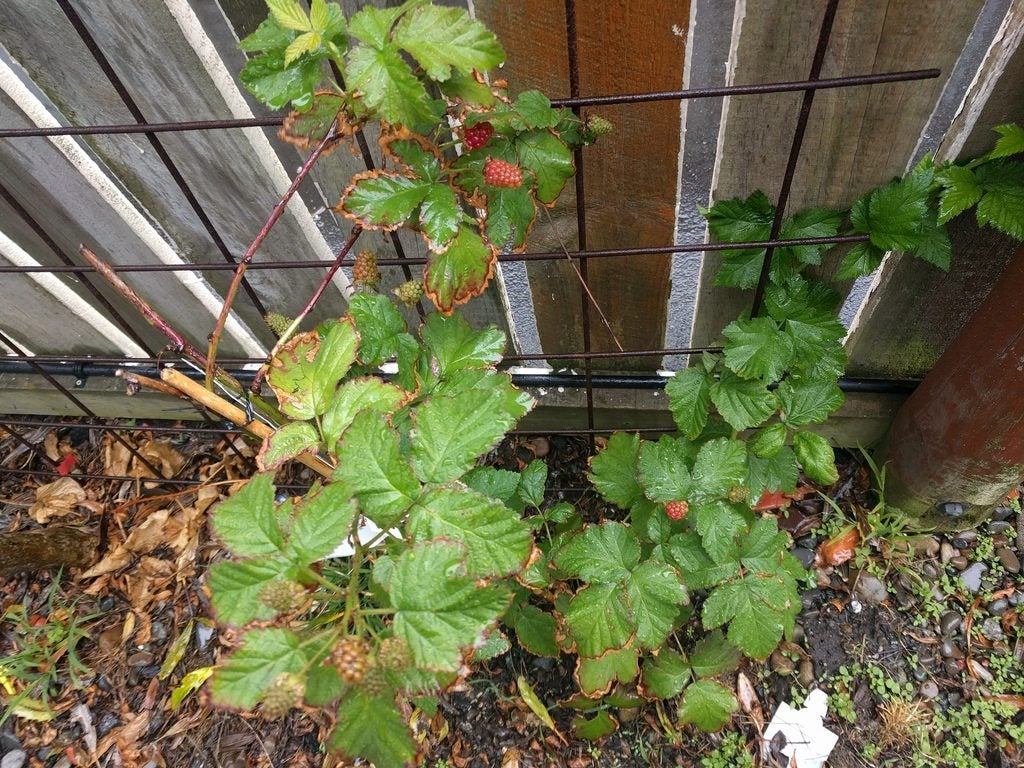 Winterizing Boysenberry Plants – How To Treat Boysenberries In Winter
Winterizing Boysenberry Plants – How To Treat Boysenberries In WinterBoysenberries are a cross between common blackberry, European raspberry, and loganberry. Although they are robust plants that thrive in cold weather, boysenberries require a little winter protection in chilly climates. Learn more in this article.
By Mary H. Dyer
-
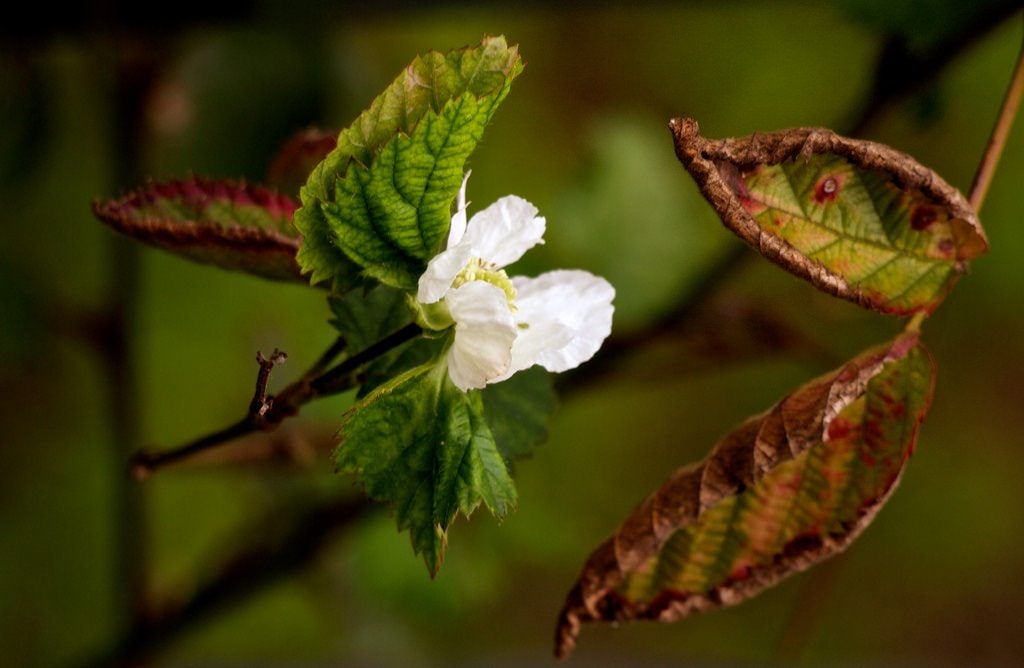 Boysenberry Disease Info: Learn How To Treat A Sick Boysenberry Plant
Boysenberry Disease Info: Learn How To Treat A Sick Boysenberry PlantBoysenberries are delightful to grow, giving you a harvest of juicy, sweet berries in the late summer. This cross between raspberry and blackberry varieties is not as common as it once was, but it should be. Watch out for common diseases though, as explained in this article.
By Mary Ellen Ellis
-
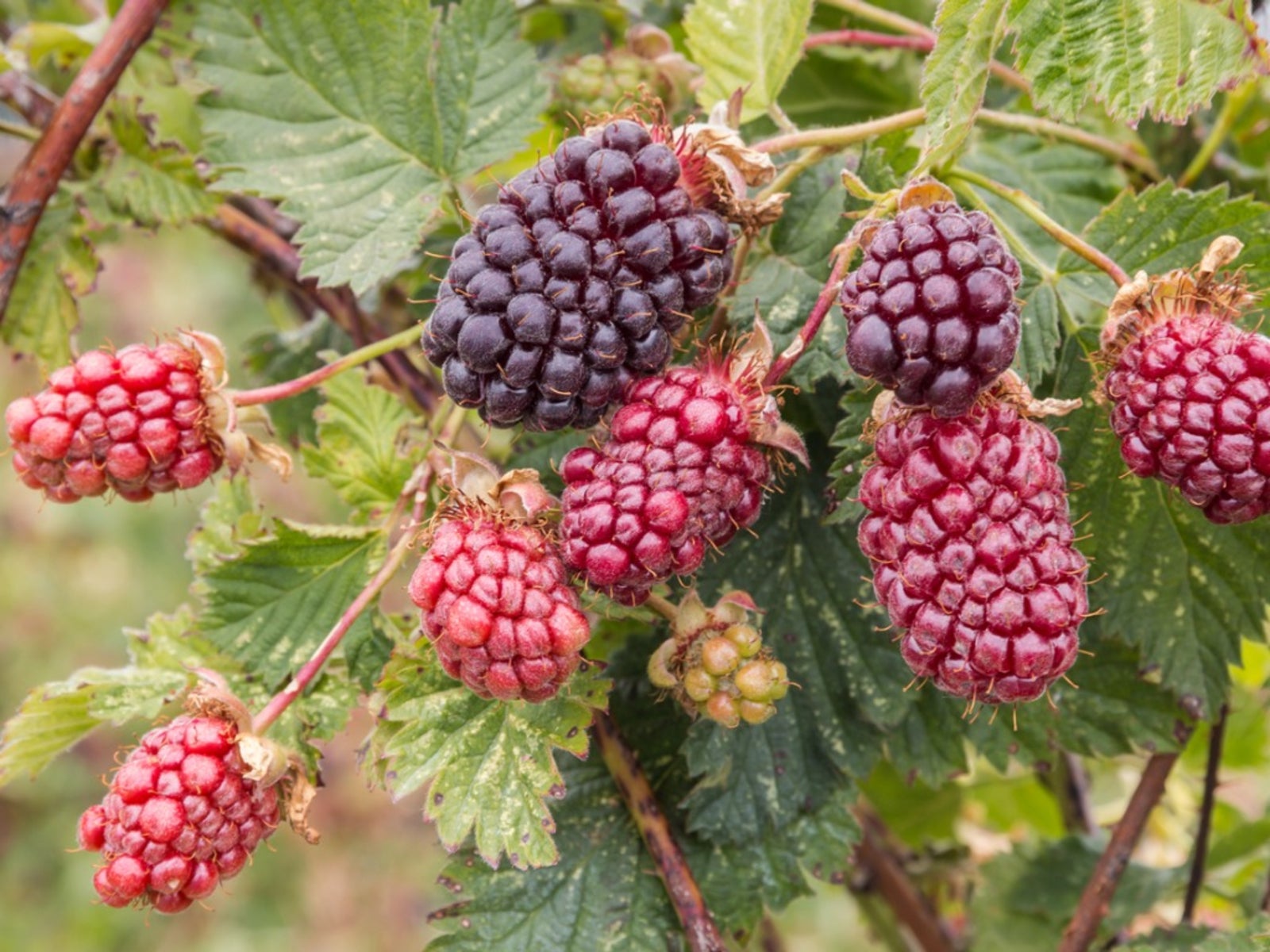 Cutting Back Boysenberries: Tips For Effective Boysenberry Pruning
Cutting Back Boysenberries: Tips For Effective Boysenberry PruningIf you want to grow boysenberries, you'll need to undertake regular boysenberry pruning. For tips on cutting back boysenberries, this article will help. Click here for more information on how and when to prune boysenberry plants.
By Teo Spengler
-
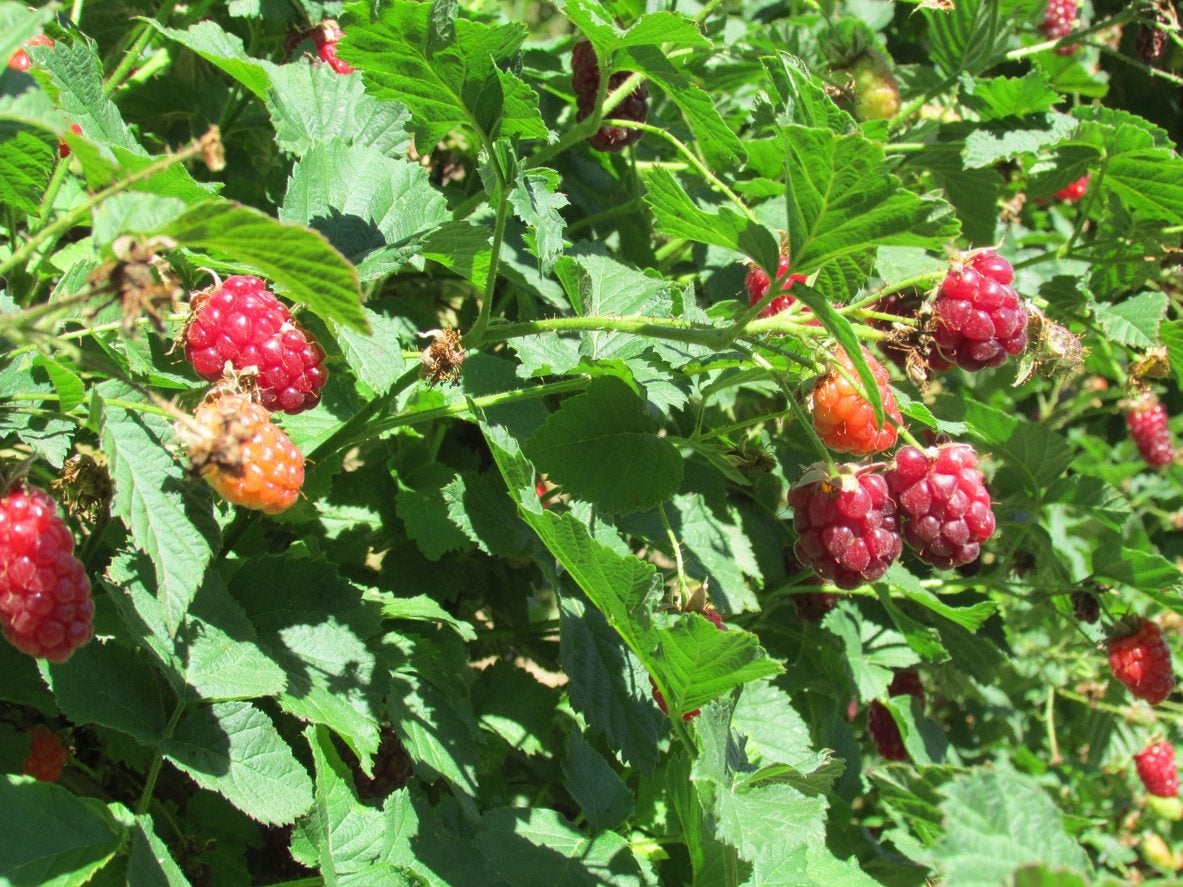 Boysenberry Problems: Learn About Common Boysenberry Pests And Diseases
Boysenberry Problems: Learn About Common Boysenberry Pests And DiseasesBoysenberry plants are so susceptible to a number of fungal conditions that many gardeners have become reluctant to even try growing them. In this article, we will take a closer look at common boysenberry pests and diseases.
By Darcy Larum
-
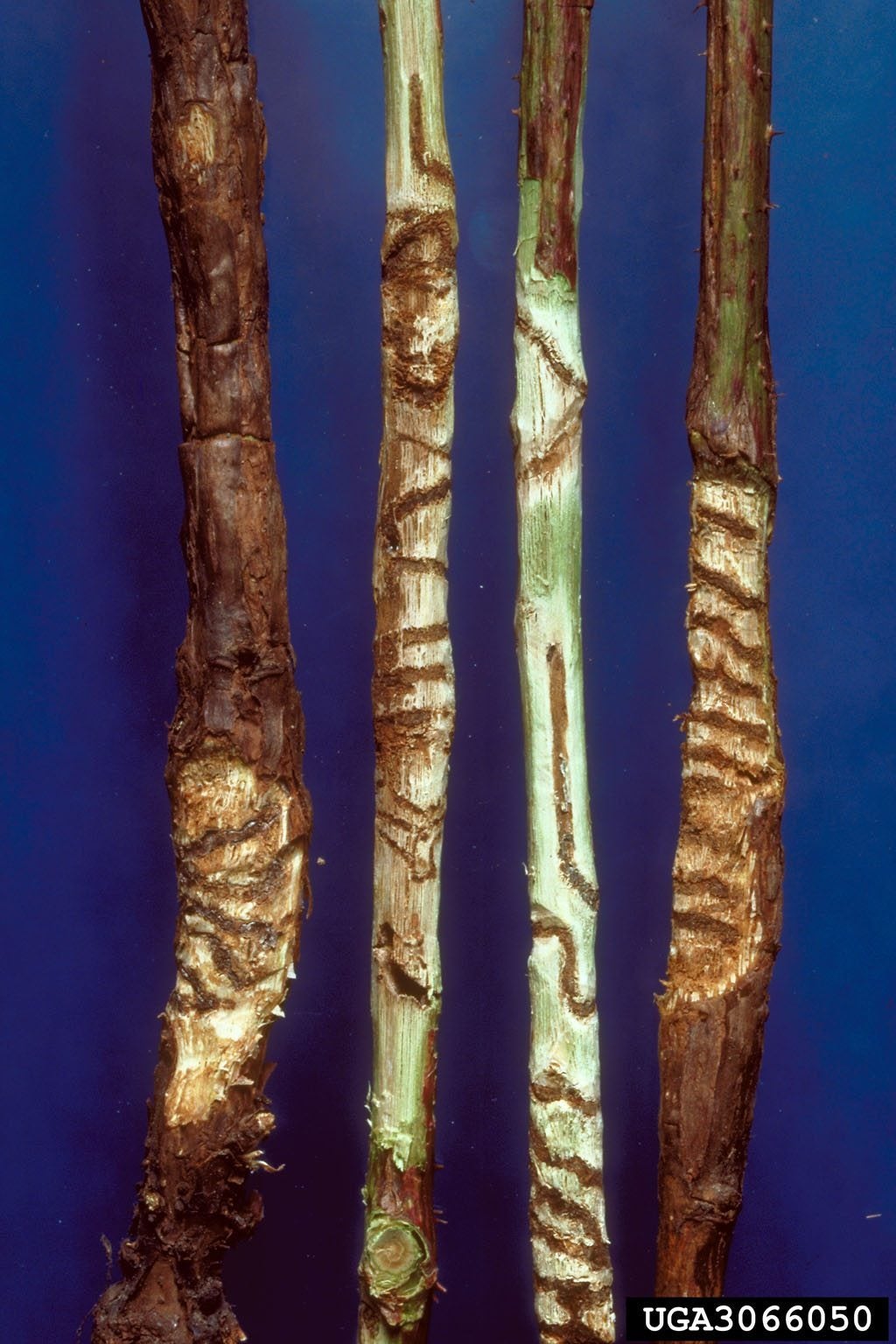 Boysenberry Pests: Learn About Bugs That Eat Boysenberries
Boysenberry Pests: Learn About Bugs That Eat BoysenberriesAlthough they are fairly low maintenance, boysenberry pests can still be a problem. What pests of boysenberry should you watch out for? Well, it should come as no surprise that bugs that eat boysenberries are also inclined to nibble on raspberries. Learn more about them here.
By Amy Grant
-
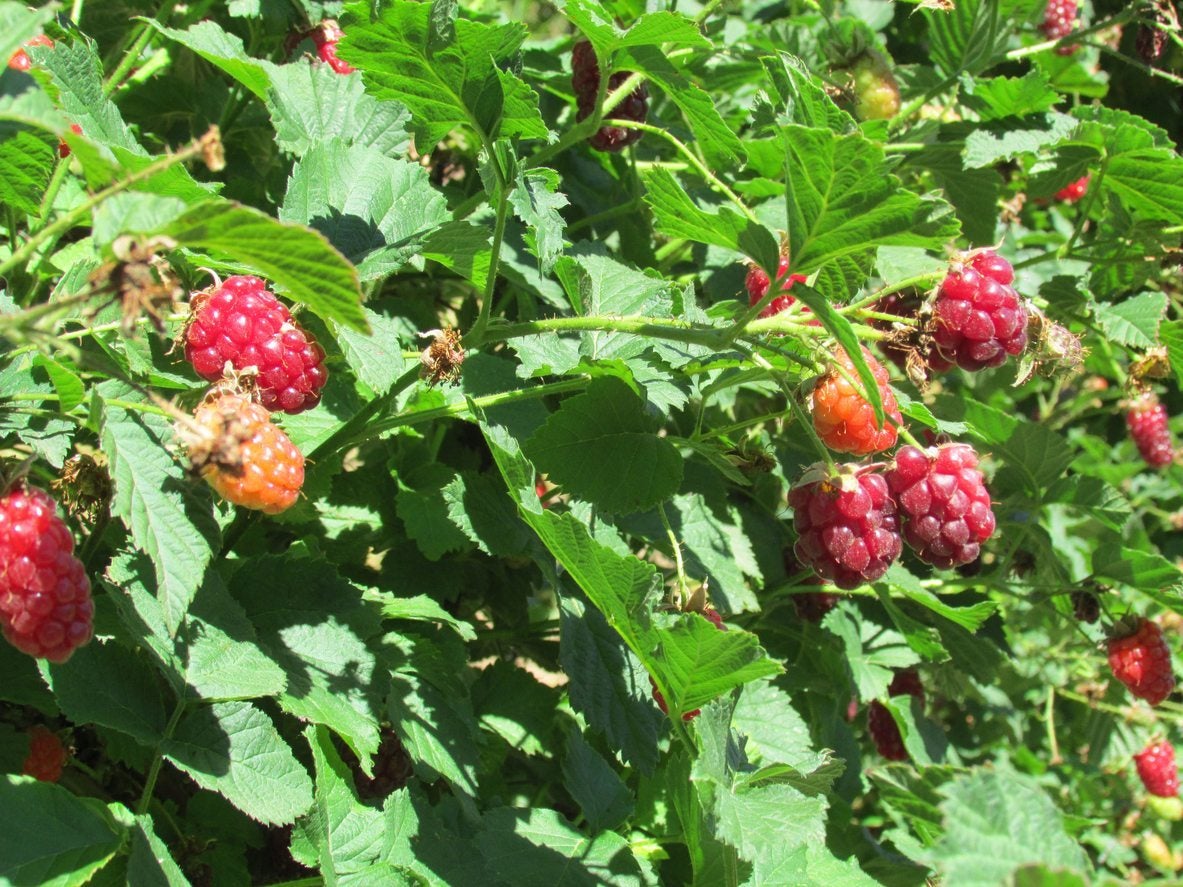 How To Harvest Boysenberries – Picking Boysenberries The Right Way
How To Harvest Boysenberries – Picking Boysenberries The Right WayFor ultimate flavor, boysenberry harvest occurs when the berries are mature and at their peak. It's important for growers to know exactly how and when to pick boysenberries to capture their distinctive taste and aroma. This article can help with that.
By Amy Grant
-
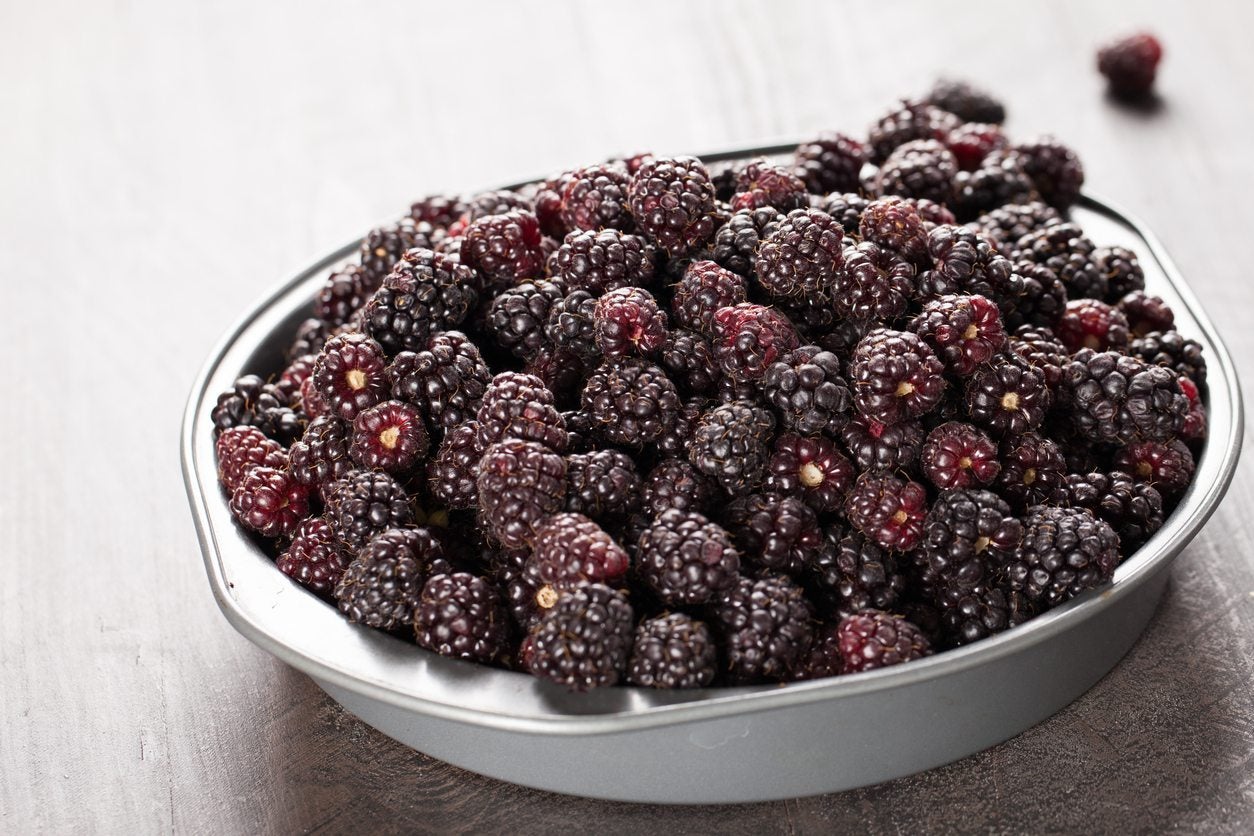 Boysenberry Benefits And Uses – Why Should You Eat Boysenberries
Boysenberry Benefits And Uses – Why Should You Eat BoysenberriesWe've been hearing a lot about the health benefits of berries. What are some benefits of eating boysenberries? Use the information in this article to find out why you should eat boysenberries and how to use boysenberries. Click here to learn more.
By Amy Grant
-
 Boysenberry Plant Info – Tips On Growing A Boysenberry Plant
Boysenberry Plant Info – Tips On Growing A Boysenberry PlantIf you love raspberries, blackberries, and loganberries, then try growing a boysenberry, a combination of all three. How do you grow boysenberries? Click here to find out about growing a boysenberry, its care, and other boysenberry plant info.
By Amy Grant